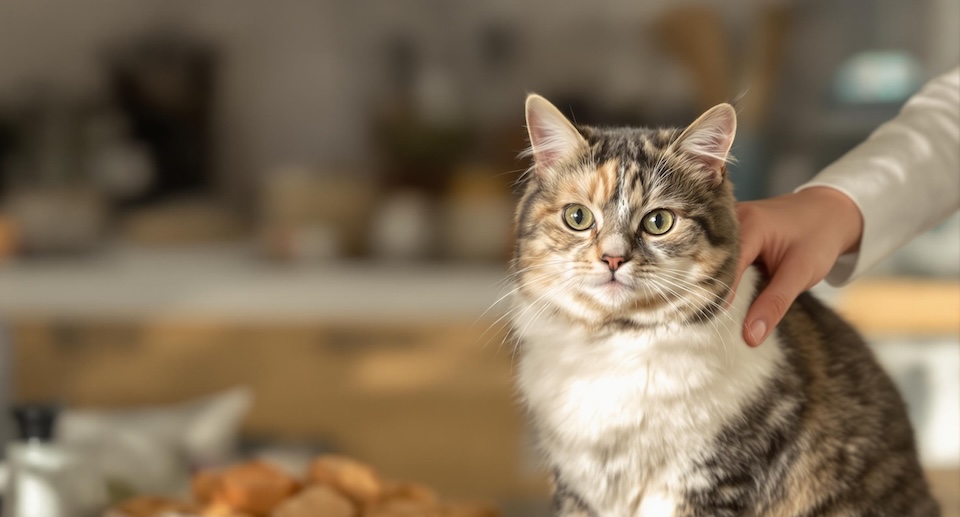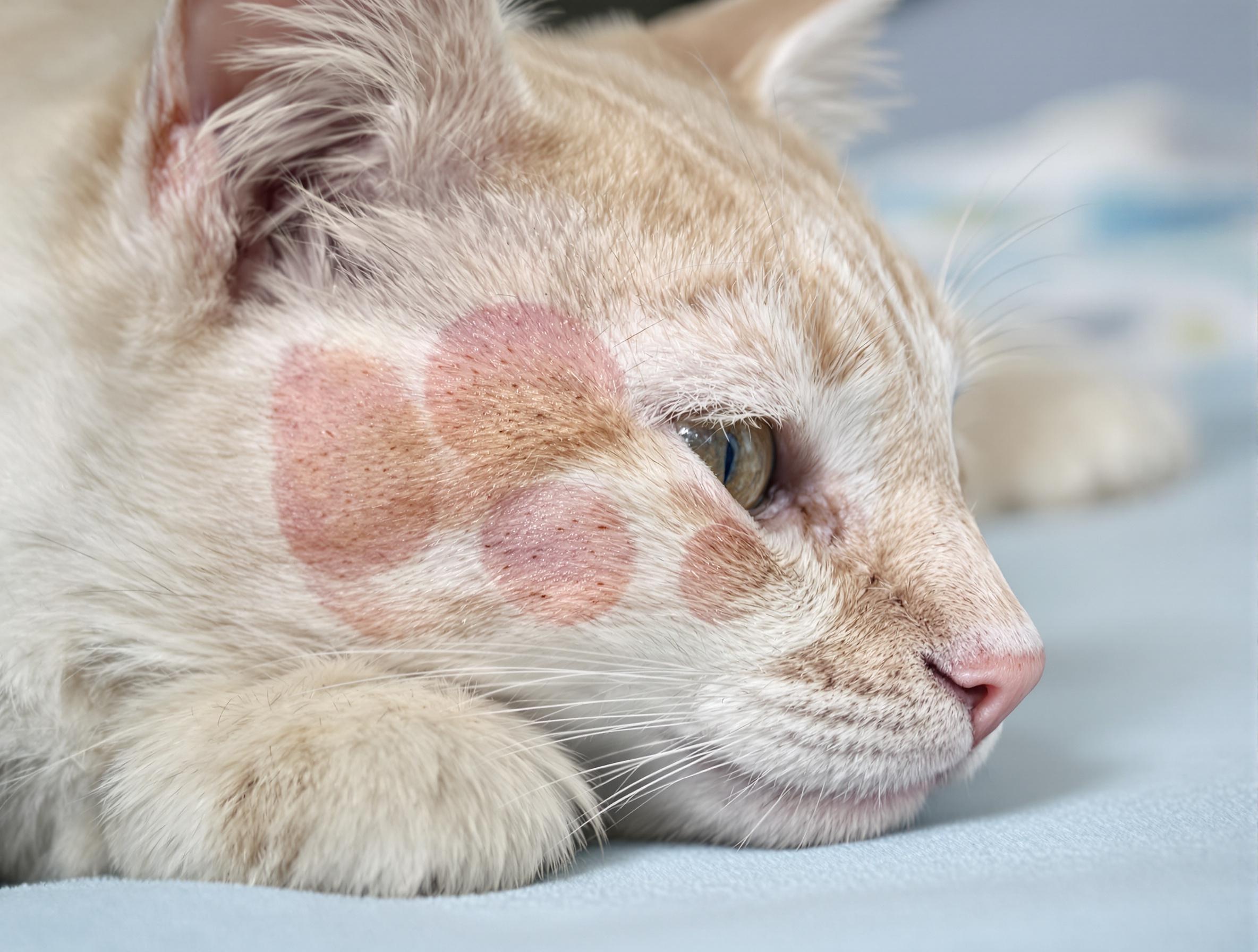Feline Leukemia Symptoms in Cats

- Fever
- Weight loss
- Swollen lymph nodes
- Anemia
- Upper respiratory infections
- Persistent diarrhea
- Sore gums & mouth
- Recurring skin & ear infections
- Nervous system problems
- Low numbers of white blood cells
- Low numbers of clotting cells
- Immune-mediated hemolytic anemia
Cats with feline leukemia can become listless, lose their appetites, vomit and have diarrhea. They are anemic and their gums will be pale rather than healthy pink. Gums are pale because the bone marrow, which makes red blood cells (RBCs), does not function well in cats with leukemia. Because an anemic cat is not transporting oxygen normally, the heart beats more rapidly than normal, and he or she will have less energy than normal.
In addition to not producing RBCs, the unhealthy bone marrow is not producing healthy white blood cells (WBCs) either. Because WBCs protect pets from bacteria and viruses that are constantly present in the environment, cats with the leukemia virus develop other infections easily—even infections caused by bacteria and viruses that do not normally make cats ill. These cats become septic as bacteria that cause infections multiply and travel through their blood.
The bone marrow also makes platelets, which are essential for normal blood clotting, and when the marrow is infected by the leukemia virus, platelets are not made. Thus, cats with platelet deficiency (thrombocytopenia) bruise easily and may lose blood in the stool (melena).
Some cats with leukemia develop Immune-Mediated Hemolytic Anemia (IMHA) because their white blood cells attack their own clotting cells (thrombocytes). These cats bleed easily and are anemic.
Many cats with leukemia develop tumors because their white blood cells (WBCs) congregate and create masses in the intestines, the chest, spleen, or kidneys. This form of leukemia is called lymphoma for “lymph” meaning white blood cells, and “oma” meaning tumor. Symptoms depend upon where tumors are located and how they affect normal function. In some cats, the blood will be full of immature white blood cells called lymphoblasts. When the lymphoblasts develop suddenly, the condition is called acute lymphoblastic leukemia (ALL). When lymphoblasts develop slowly, the condition is called chronic lymphocytic leukemia (CLL). Cats with CLL may go into remission when treated with Chlorambucil or Prednisone.
How are cats diagnosed with leukemia?
Diagnosing feline leukemia is more difficult than one would think given that there are many tests to help with the diagnosis:
- Tear tests
- Saliva tests
- Blood tests
- Bone marrow tests
- X-rays
Diagnosing is difficult because occasionally tests are difficult to interpret or the results are different when cats are retested in a few months.
The saliva test is simple to do, but is less accurate than blood tests. Tests of blood, saliva, or tears can look for specific leukemia proteins. Finding the leukemia proteins does not mean your cat will become ill with leukemia. Some of these cats clear the virus from their bodies completely and never become ill.
Because cats can clear an infection, any cat with a positive test is retested in three months to determine whether he or she is infected or has cleared the virus.
It is also possible to diagnose feline leukemia with a blood test that measures the total number of white blood cells. The number of white blood cells (WBCs) in a healthy cat ranges from 5,500-20,000 WBC per mm3 blood. If your cat has leukemia, the number of WBCs can increase or can plummet. While these results suggest feline leukemia, there are other conditions that cause WBCs to increase (infection) or plummet (kidney disease).
There are special, rather complicated bone marrow tests that help diagnose the feline leukemia virus (FeLV), but these are not routinely done. Occasionally, X-rays help diagnose FeLV because they show tumors that rarely develop except with leukemia, such as tumors in the thymus gland in the chest.
Diagnosis of feline leukemia is further complicated because many cats with leukemia are simultaneously infected with multiple diseases. For example, many cats with leukemia also have feline immunodeficiency virus (FIV). When multiple diseases affect blood and bone marrow, it is more difficult to determine what is causing your cat’s illness. Often the diagnosis of feline leukemia requires waiting and retesting, which is emotionally draining for the family.





